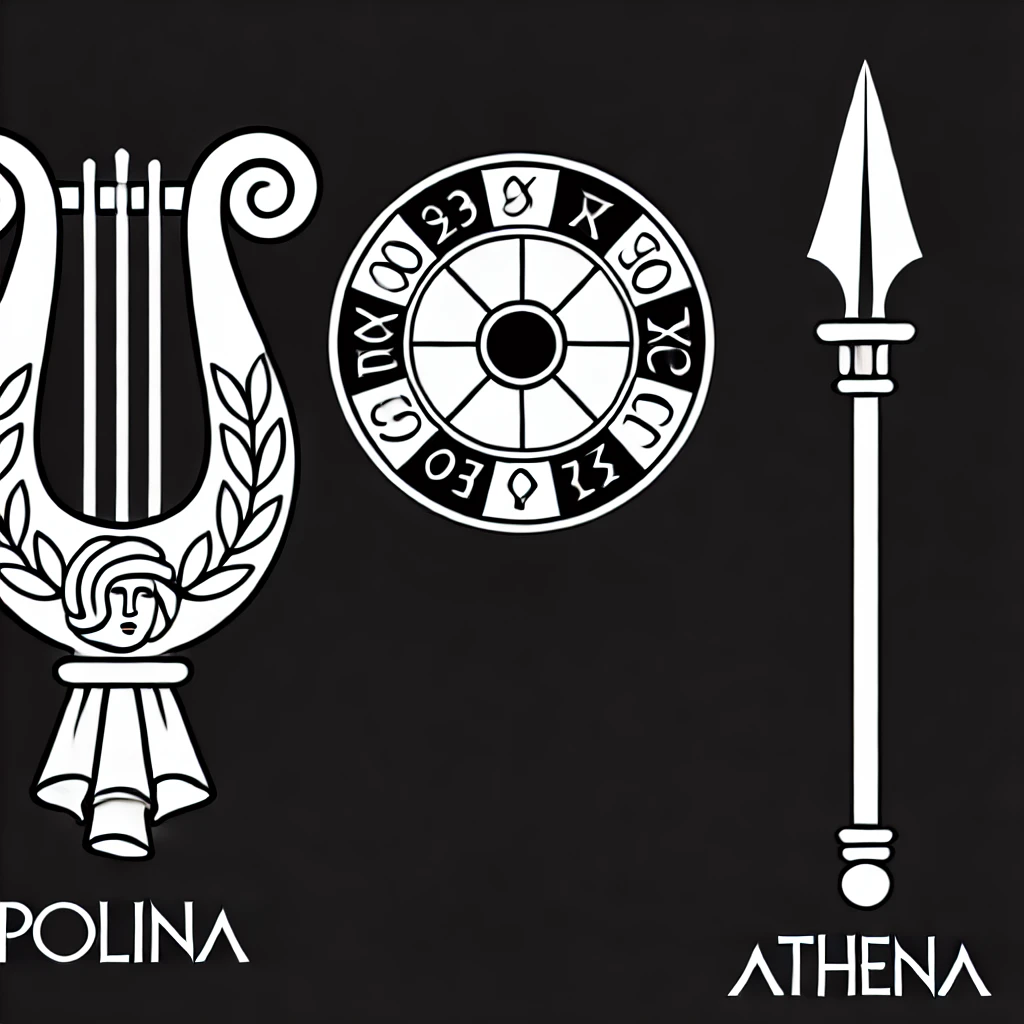Gen Z#
Chapter: God, Algorithms, and the Fragmented Mind: Navigating Inferno in a Postmodern World#
Introduction: The Death of God and the Disintegration of Meaning#
Nietzsche’s infamous proclamation, “God is dead,” signals more than the decline of traditional theism—it declares the collapse of a centralizing paradigm that once bound disparate human experiences into a cohesive narrative. Jordan Peterson, channeling Nietzsche, observes that this collapse has occurred repeatedly in human history. Each time, the human spirit plunges into an Inferno of existential fragmentation, seeking footholds of meaning amidst the debris. But in this Inferno, meaning itself becomes slippery, often reduced to suffering. As Peterson asserts, suffering may be the only universal constant—and, paradoxically, a source of meaning.
For Gen Z, born into a digital world defined by fractured attention spans and algorithmically driven experiences, the collapse of a central meaning-system isn’t an abstract intellectual problem; it’s a lived reality. This generation inhabits a neural Inferno, one architected not by divine absence but by the relentless feedback loops of social media, artificial intelligence, and economic tokenization.
Where does one find meaning in a world where every experience is quantified, tokenized, and commodified by platforms designed to harvest attention? To explore this, let us examine the paleturquoise, light green, and light salmon nodes of our neural network, mapping their dynamics onto Gen Z’s struggles with mental health.
The Light Green Node: Tokenization as False Salvation#
The light green node in our neural network model symbolizes tokenization: the reduction of qualitative human experiences into quantifiable metrics. In the social media ecosystem, this node thrives. Platforms transform self-expression into a numbers game, where likes, followers, and comments determine one’s social worth. These tokens, like coins for Charon’s ferry, grant passage through the digital river Styx—but at what cost?
Consider Gen Z influencers navigating these waters. Sophisticated AI-driven analytics promise to optimize engagement, guiding creators on how to craft their personas for maximum reach. The light green node offers the illusion of control, a dopamine-fueled sense that with the right metrics, one can engineer meaning. Yet, this tokenized engagement often deepens the very alienation it seeks to resolve. Relationships are reduced to transactions; authenticity becomes a performance.
The light green node, while seductive, traps Gen Z in Limbo, a purgatorial state where the pursuit of ever-increasing metrics displaces genuine human connection.
The Paleturquoise Node: Escaping into Aesthetic Numbing#
The paleturquoise node represents relaxation, energy modulation, and emotional escape. This node mirrors the algorithmic strategy of feeding users aesthetically pleasing content to retain attention. Platforms like Instagram and TikTok curate a paleturquoise paradise, where soothing visuals and escapist fantasies flood the feed.
For Gen Z, this node can become a refuge from the harsh realities of life. The constant bombardment of bad news, existential dread, and economic precarity drives them toward curated aesthetic experiences. Yet, like Dante’s Inferno, these escapes are fraught with peril. Aesthetic numbing delays confrontation with deeper existential questions, prolonging the agony of meaninglessness.
The paleturquoise node offers fleeting relief but ultimately reinforces a cycle of avoidance, leaving Gen Z stranded in a shallow pool of curated dreams.
The Light Salmon Node: The Adversarial Path of Transformation#
The light salmon node, symbolizing transformation, introduces conflict into the network. It represents the struggle to transcend superficial equilibria, breaking free from tokenization and aesthetic numbing. Transformation often demands suffering—a theme central to Peterson’s philosophy. Suffering, he argues, is not only unavoidable but also meaningful when aligned with a higher aim.
For Gen Z, the light salmon node manifests in the rise of activism and the quest for purpose amidst adversity. Movements for social justice, climate action, and mental health advocacy embody the adversarial spirit of transformation. Yet, these movements are not immune to the corrupting influence of tokenization. When activism is reduced to performative gestures—measured in retweets and shares—it risks losing its transformative potential.
The challenge of the light salmon node is to endure the suffering inherent in meaningful change without succumbing to the distractions of paleturquoise or the metrics of light green.
Chomsky at 95: Social Media and Algorithmic Feedback Loops#
Noam Chomsky, a towering intellectual at 95, continues to warn against the corrosive effects of social media’s positive feedback loops. These loops, driven by AI algorithms, amplify polarization, anxiety, and dependence on external validation. They exploit the very nodes of our neural network, manipulating users into cycles of tokenization, numbing, and adversarial burnout.
Chomsky’s critique dovetails with the plight of Gen Z. Social media’s light green algorithms push users toward tokenized identities, while paleturquoise aesthetics soothe them into passivity. Meanwhile, the light salmon promise of transformation is co-opted into rage-inducing echo chambers, perpetuating division rather than fostering genuine change.
Rebuilding the Isaiah 2:2-4 Equilibrium#
Isaiah’s vision of nations streaming to a higher mountain, abandoning war for peace, evokes an equilibrium of harmonious embodiment. Such a Paradiso equilibrium feels distant in a world dominated by Inferno’s fragmentation. Yet, it remains an aspirational model for navigating postmodern chaos.
To rebuild this equilibrium, we must rewrite the algorithms that govern our digital experiences. The neural network must shift from exploitative feedback loops to compassionate curiosity. Platforms should foster connections rooted in authenticity, encouraging embodied interactions over tokenized engagements. By aligning suffering with meaningful goals, as Peterson advocates, we can transform Inferno into a crucible for growth.
Conclusion: A Generation at the Crossroads#
Gen Z stands at the intersection of postmodern despair and unprecedented technological potential. They inhabit a neural network shaped by algorithms that exploit their vulnerabilities while offering fleeting glimpses of meaning. Whether they remain trapped in tokenized Inferno or ascend toward Paradiso depends on their ability to integrate suffering into a narrative of transformation.
The nodes of our network—paleturquoise, light green, and light salmon—are not immutable. They can be rewired, reweighted, and reimagined. In this age of God’s absence, it is the task of Gen Z—and humanity at large—to rebuild the equilibrium that once grounded us, not in the image of a deity, but in the resilient spirit of human connection.

